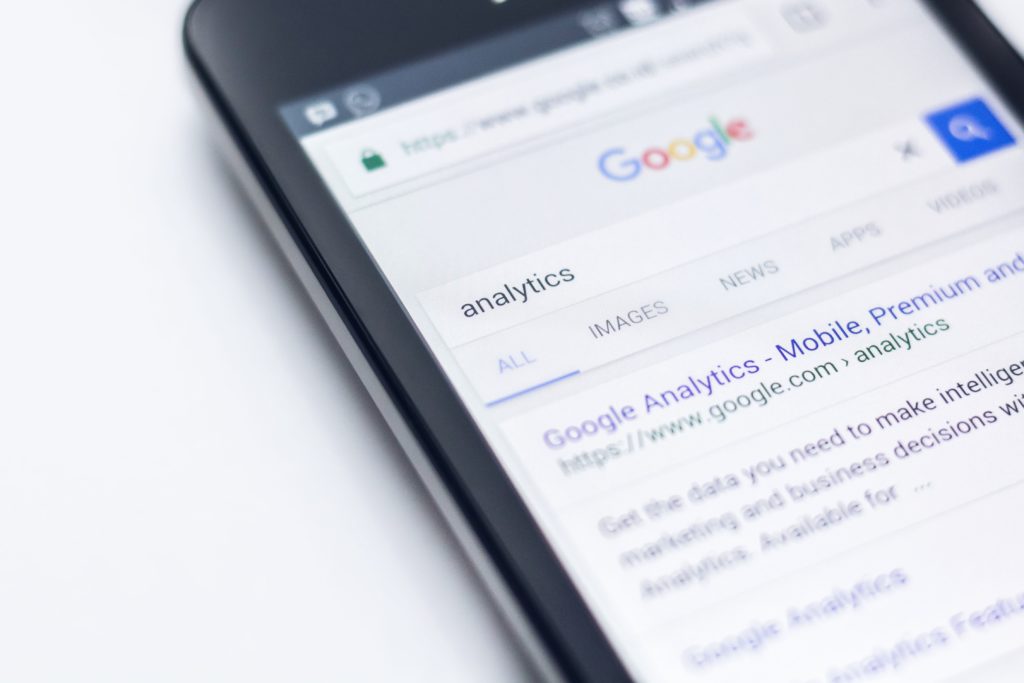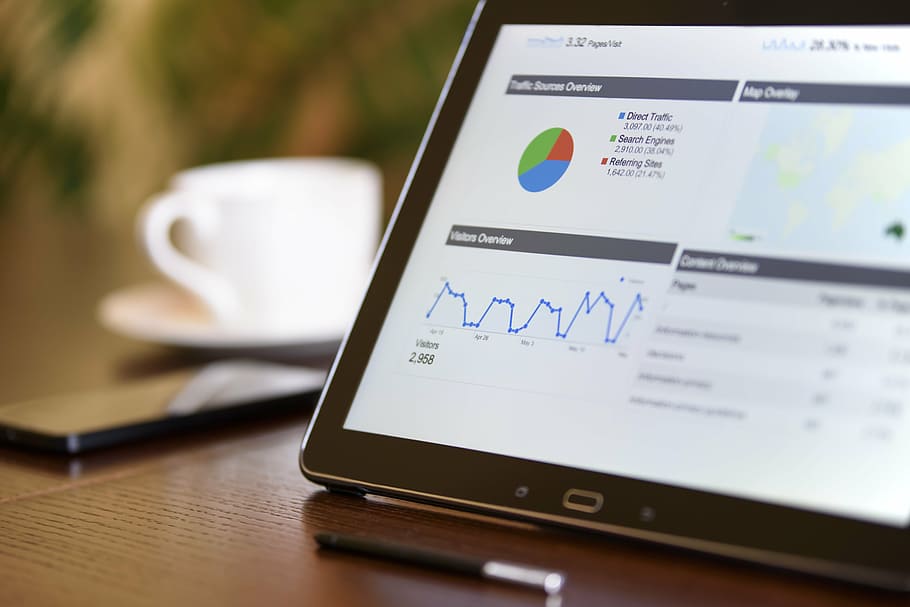Parents of school-aged children are experts in understanding lead versus lag measures. The ultimate lag measure is the report card. Straight “A”s indicate academic success. Yet, what if the grades are less than stellar? Little can be done to rectify them once a report card has been issued. The only recourse is doing better next time. Of course, there are many lead measures that can significantly impact a child’s report card, and these are often the primary focus for parents and students throughout the school year. These include getting homework done, tracking study time and scoring well on exams. Teachers, parents and students alike know that academic success often hinges on meeting these specific lead measures.
However, many marketing professionals often fall into the trap of focusing only on lag measures, such as monthly conversions, Net Promoter Score, or total sales, when they discuss the success of campaigns with the executive team. While these measurements are undeniably important, they don’t provide any guidance into how to make improvements. To influence their outcome, it’s important to track and communicate predictive measures rather than those that are just strictly output-oriented. For example, if the goal is to increase sales, predictive or “lead” measures would be implementing new marketing campaigns or increasing sales calls. These efforts, unlike lag measures, are influenceable, controllable and changeable, just as student efforts are in the outcome of a report card.
Measuring Lead Measures
It’s not enough to simply state what measures are being undertaken to achieve specific lag benchmarks. It’s also necessary to show the results of lead measures. Tools, such as Google Analytics and Facebook Insights, can help you acquire the data you need to showcase specific results. By doing so, you may not be able to completely provide a guarantee of success. However, you can highlight what necessary steps are being taken to achieve success. With this information, you can continue to fine-tune and optimize strategies for the best possible outcome.
Combining Lead and Lag
Of course, you can’t rely solely on the results of lead measures. There are plenty of cases when lead measures may indicate the probability of success, yet don’t deliver results. Lead measures are only predictive by nature. However, when combined with lag measures, they can improve overall performance goals and help with establishing future goals.
When sharing data with executives, it’s a good practice to show both lead and lag indicators to not only show results but also how they were achieved. By doing so, the cause and effect is established which strengthens the importance of implementing the necessary strategies to reach the desired results.




